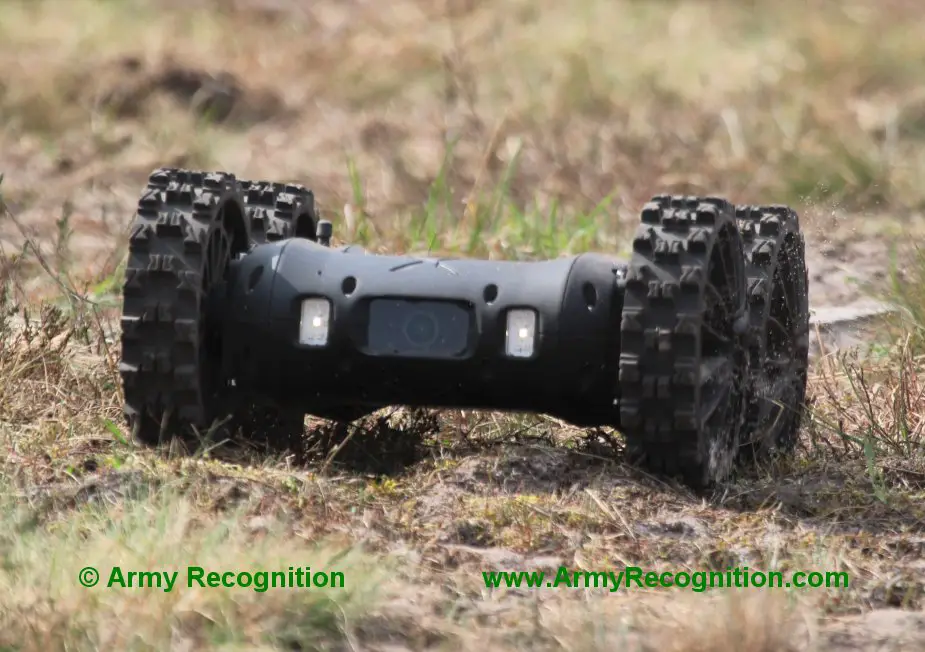Announced only on 17 January on the French Ministry of Defence website, the Directorate General of Armament (DGA) received, on 18 December 2019, the first five Nerva-LG extended reconnaissance micro-robots. They have already been delivered to the Army Technical Section (STAT) for further evaluation in order to refine their concept of use before being deployed in the forces.

Nerva-LG (Picture source: Army Recognition)
These robots are capable of evolving autonomously to listen, see and record on the battlefield. They are small, discreet and can work in a network. They will be implemented by a single fighter, in a simple and fast way. Their excellent mobility and obstacle-clearing capabilities, as well as their ability to map the environment in which they operate, will allow the safe exploration of potentially dangerous environments for combatants.
In order to conduct this operation within a short timeframe, DGA initiated a competitive dialogue as early as 2018, including an equipment evaluation phase carried out by its technical teams, in association with the French Army.
These robots are part of an initial global order for 56 micro-robots placed by the DGA with Nexter, a company associated with ECA. Other robots will be delivered in 2020: 5 additional Nerva-LGs, 10 small reconnaissance Nerva-S (3 kg), and 36 Nerva-XX / Engineering Chameleon-LGs (12 kg).
The three types of remotely-operated terrestrial micro-robots (Nerva-LG; Nerva-S; Nerva/Cameleon) can be equipped with different modules making them adaptable to several types of missions. Combatants from engineer and infantry units will use them to collect contact intelligence on a timely basis while remaining at a distance.
The two largest robots in the range have the ability to return autonomously to a predetermined point or to conduct surveillance rounds on predefined trajectories. All three systems have evolutionary capabilities to integrate new technologies in the future, such as autonomy, ergonomics or artificial intelligence.














